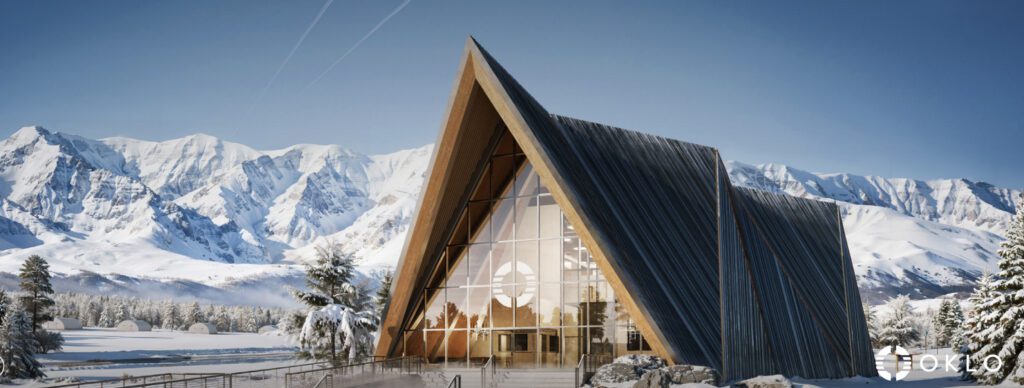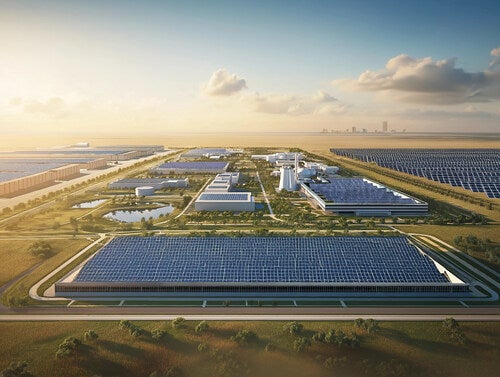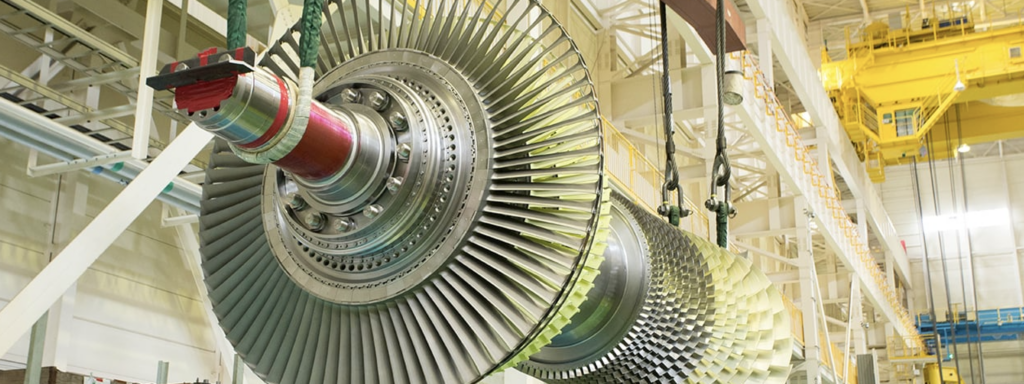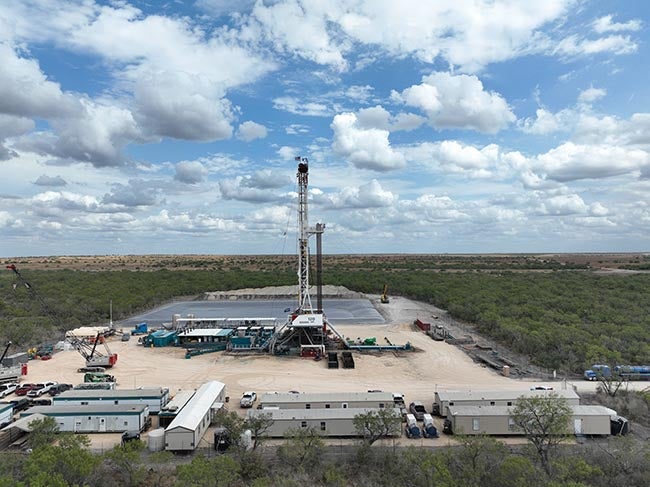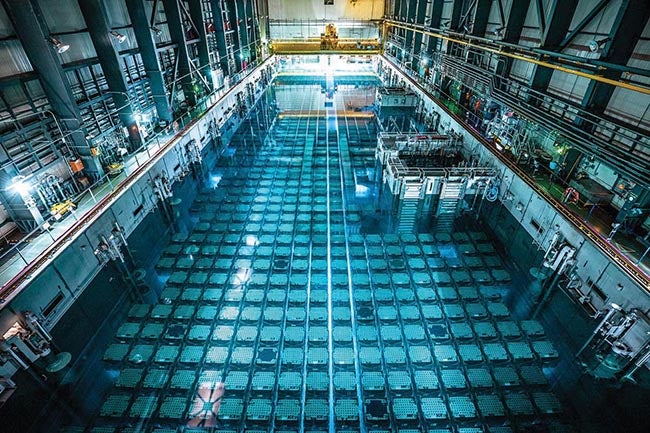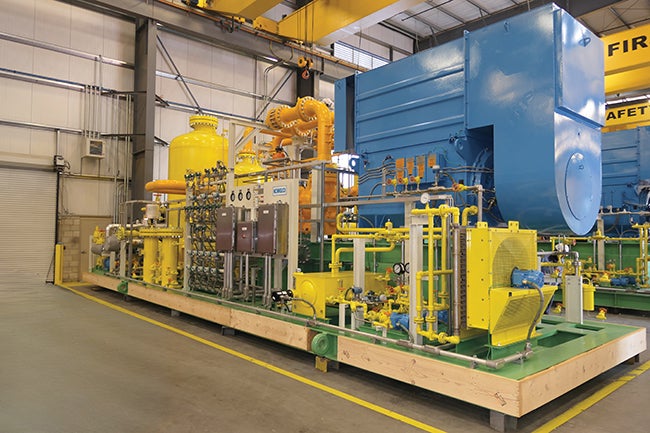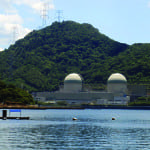When the Chernobyl nuclear power plant exploded in 1986, the response of the Western nuclear industry was, “It can’t happen here.” That response was correct: the Soviet design—using a graphite neutron moderator and water coolant, resulting in a plant where the atomic chain reaction increased when the plant lost coolant—was fundamentally different than the conventional light water reactors found in the U.S., Europe, Japan, Korea, and Taiwan.
But when Chernobyl blew radioactive debris all over the Ukraine and across Europe as far as Great Britain, careful analysts in the U.S. commented that while Chernobyl couldn’t happen here, there are plenty of catastrophic accidents that could happen. A year ago, on March 11, 2011, it did happen in Japan. As the events unfolded in Fukushima prefecture—shown in near real-time on YouTube, a far cry from the slow-motion rollout of the Chernobyl details—it soon dawned on even the staunchest advocate of nuclear energy that this was a catastrophe of the highest order.
I posit in a feature article in this issue that the destruction of the Fukushima Daiichi station, in terms of its effect on the West, was worse than Chernobyl because it did happen here. It is impossible to dismiss what occurred in Japan as a result of a one-off design in a now-dead political and economic system foreign to what we know in our civilized world today.
Let me be clear: What happened in Japan was a failure of management. The proximate cause of Chernobyl was man-made; what happened in Japan was an act of nature. But bad management in the location and layout of the Fukushima units made them vulnerable to the force of nature. Tokyo Electric Power Co. management’s handling of the accident was inept. The management of Japan’s nuclear regulatory agency was uncritical of the industry and complacent about its own policies and practices. The result was a rolling disaster that kept building day after day, month after month.
It took first the U.S. and then the world far too long to understand the management implications of the earlier disasters at Three Mile Island and Chernobyl. Denial ruled the day. But, thanks in large part to the wisdom and leadership of the late and legendary Bill Lee at Duke Power, the industry did respond. Lee pushed the industry into a mode of unvarnished self-criticism and self-discovery, through the Institute for Nuclear Power Operations and later the World Association of Nuclear Operators. Lee realized that the systemic flaws that led to safety problems also revealed themselves in abysmally poor day-to-day operations at U.S. nuclear plants, where unplanned outages were far too common, plant capacity factors were far too low, and operation and maintenance costs revealed a casual attitude toward plant management.
That has changed for the better. Just one statistic reveals the depth of the changes in U.S. nuclear management. In 1980, according to the Energy Information Administration figures, the U.S. nuclear fleet had a cumulative capacity factor of 56.3%. The nation’s nuclear power plants were generating useful electricity only a bit more than half of the time. In 1990, that had begun turning around, with the fleet recording a still-dismal 66% capacity factor. But since 2007, the figure has not fallen below 90%. That’s a convincing sign of better management.
It is also clear that the U.S. nuclear energy establishment gets it when it comes to the meaning of Fukushima. In early January, the Nuclear Energy Institute (NEI) unveiled its “FLEX” plan—which stands for “diverse and flexible mitigation capability”—before the U.S. Nuclear Regulatory Commission (NRC) and in response to the NRC’s inquiry into the meaning of events in Japan. As the NEI’s Adrian Heymer told reporters, “FLEX is a set of portable equipment that is located in diverse locations around the plant. We think there needs to be more than one set of equipment at diverse locations that can be quickly deployed and connected to provide injection and power supplies for instrumentation.”
The FLEX strategy is aimed at adding three days to the period that nuclear fuel will be kept cool in a beyond-design accident. The plan also looks to create regional response centers as another line of defense, along with greater training and testing of plant workers in emergency response.
FLEX needs scrutiny from the NRC and from independent critics, such as the Union of Concerned Scientists, to probe the plan and make sure it can accomplish its goals and not introduce unintended consequences. But FLEX is clear and timely recognition that Fukushima has challenged the conventional approach to nuclear plant safety design and how we manage those risks and the response.
—Kennedy Maize is MANAGING POWER’s executive editor.



